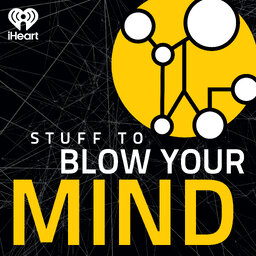From the Vault: Like a Circle in a Spiral, Part 1
You might consider spinning around in a circle either great fun or a one-way ticket to barf town, but spinning and whirling are also tied to childhood development, artistic expression and the pursuit of meditative states. Join Robert and Joe as they explore the spin on this classic episode of Stuff to Blow Your Mind. (originally published 12/8/2020)
Learn more about your ad-choices at https://www.iheartpodcastnetwork.com
 Stuff To Blow Your Mind
Stuff To Blow Your Mind


